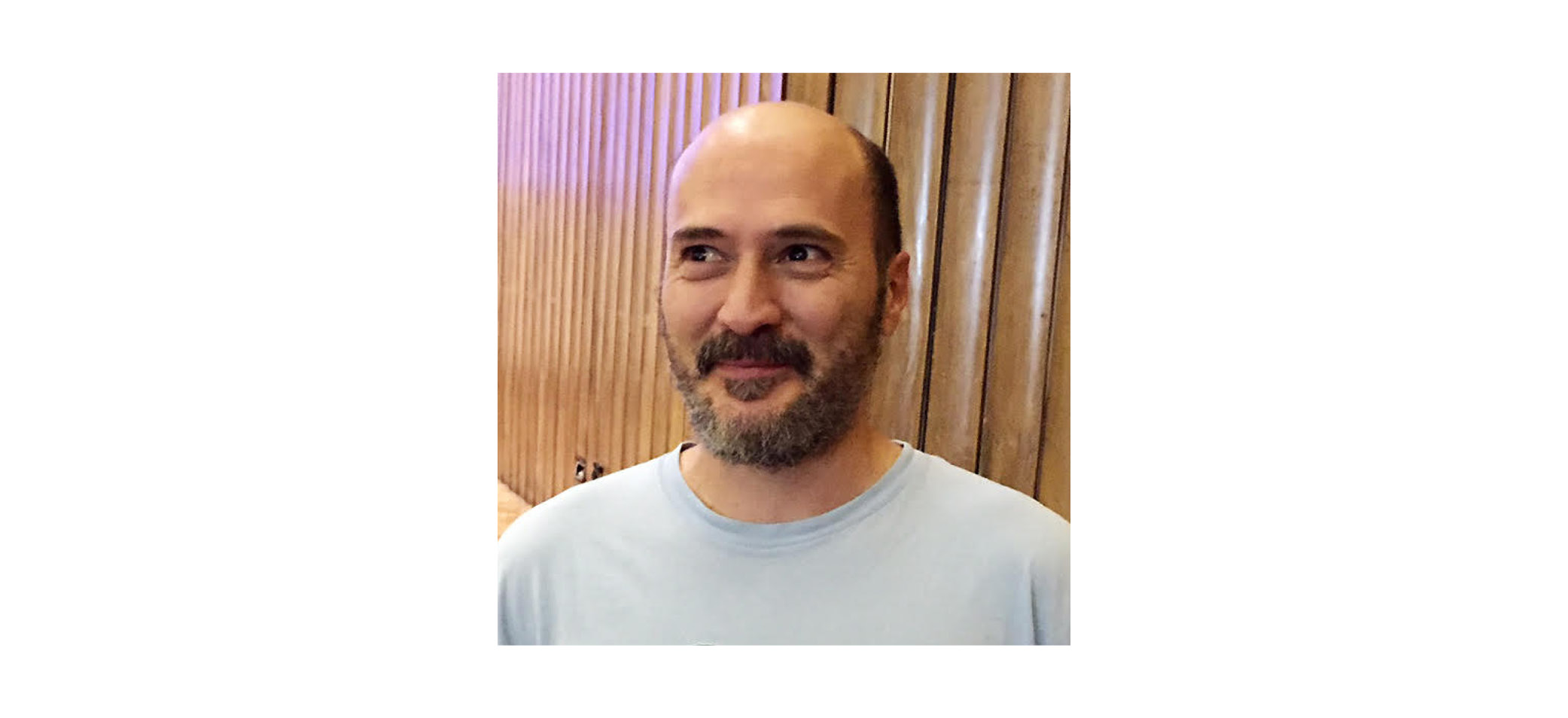Javier Abarca (Madrid 1973) is an artist, researcher and educator in the fields of graffiti and street art. A leading figure from the first generation of Spanish graffiti, he taught a class on graffiti and street art at the Complutense University of Madrid between 2006 and 2015. He is founder and director of the Unlock Book Fair and the Tag Conference. He founded the website Urbanario in 2008. He works in teaching, curating and writing across Europe.
Fri 19 April, 15:30–16:30
Graffiti is not simply about writing, it is about where, when and how it appears. Each written name is merely the residue of a continuous exploration of the city that follows a radically alternative navigational pattern. Graffiti has little in common with studio painting, or even with official mural painting. To really understand what graffiti is about it is more useful to interpret it as a school of urban exploration. This talk is essential for those taking the City as Playground Tour (9am Saturday 20 April).
Sat 20 April, 10:00–13:00
repeat Sun 21 April, 11:00–14:00
Exploration workshop with Javier Abarca
Nuart Aberdeen 2019
Find your own way through the backstages of the city. Visit ignored spaces free from commerce and control. Get to know the hidden environments of graffiti writers, street artists and other outcasts. Difficulty level: very easy, no exploration background required.
In the workshop, participants will explore ignored parts of the city. Participants will be given instructions they will then use to search for the route by themselves.
The teacher prepares the tour in several days of fieldwork before the workshop, following hints provided by local contacts. The walk takes about three hours, and is preceded by a lecture about the ideas that give it meaning.
The route is based on the subjective vision of the environment advocated in situationist writings and turned into everyday experience by graffiti writers and urban explorers. It traverses a parallel city free from the control of capital and oblivious to its predictable spaces of production, transport or consumption. A city where anything can happen.
This parallel city expands around the known city, in the form of waste grounds, areas undergoing development or areas around big infrastructures. But it also leaks inside it, filling every crevice the system doesn’t use: in empty lots, under bridges, along railway tracks, roads and waterways, inside tunnels and abandoned structures.
The absence of any control makes this city a natural environment for outcasts, from homeless people to graffiti artists. For the average citizen, alienated by commerce and control, to traverse this territory involves a surprising shift in perception.
